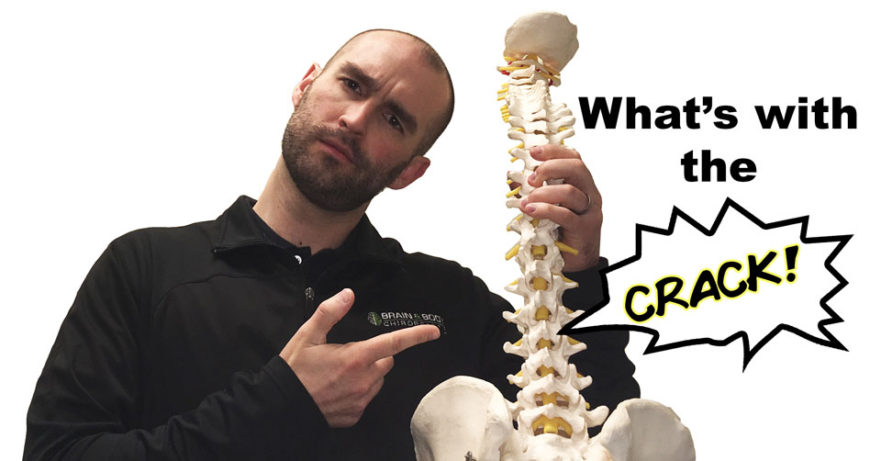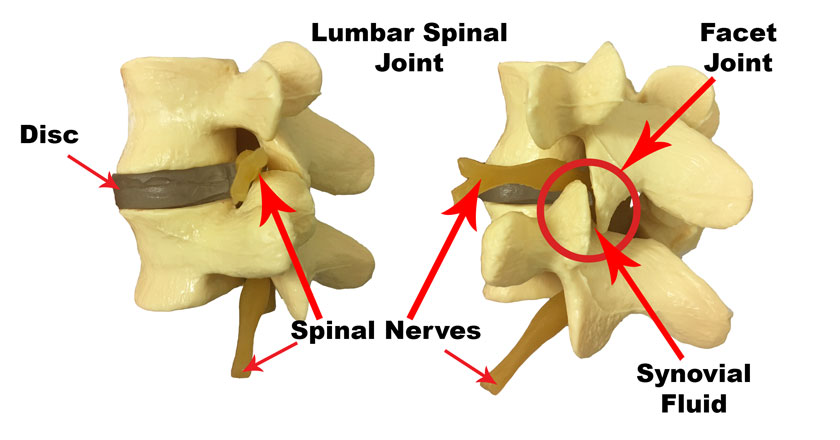What’s with the CRACK?
Whether or not you’ve ever been to a chiropractor, you probably know or have heard one thing about us… and that’s that we crack backs.
Being a chiropractor has become synonymous with being a “back cracker” to many people over the years.
Despite this phrase being crude and giving a very inaccurate description of what we do, perhaps the worst part is that for many it is a SCARY thought to have ones back “cracked”. This fear has lead to many being apprehensive of chiropractic care and in many cases missing out of what may have helped them tremendously.
Crack (Definition, verb) – break or cause to break without a complete separation of parts. Frequently referring to a fracture or discontinuation in a body.
So the first problem is that when we hear the word crack we instantly think of something being broken. With a chiropractic adjustment, nothing (ligaments, tendons, bones, etc..) is being broken or fractured. This is just an unfortunate thought based on the term “crack” and hours of watching our favorite action heroes on TV like our good friend John Rambo.
Correct Term = Cavitation
Simply put, a cavitation is a phenomenon in which changes in pressure in a liquid lead to the formation of bubbles which then collapse under pressure creating a popping or “cracking” sound. Your joints have a small amount of fluid inside them to help lubricate your movements. The fluid is called synovial fluid.
The sound heard occurs when we cause a brief tiny gap in the small joints in the spine called facet joints. The movement during a spinal manipulation along with the resulting sound sometimes lead people to feel like something very BIG just happened when in reality the movement in these joints is very small. A recent study in 2018 measured the amount of joint movement or gapping in the facet joints that occurred during a chiropractic treatment. The average gapping was only 0.5 to 1.3 millimeters!
It’s important to understand that the cavitation is the result of treatment NOT the treatment itself.
The movement is what we as Chiropractors are after! Restoring this motion back into a spinal joint or whole spinal segment can work wonders for your spinal complaints and help aid in keeping your spine moving properly. The sound is simply a result of us doing this. Occasionally the treatment won’t even cause a sound but this does not mean proper movement to the segment was not restored.
About the Author
Dr. Kody Semrow has a B.S. in Nutrition and a doctorate in Chiropractic. He has a passion for helping people improve their lives through Chiropractic care and lifestyle changes.
Reference:
1. Anderst WJ, Gale T, LeVasseur C, Raj S, Gongaware K, Schneider M Intervertebral Kinematics of the Cervical Spine Before, During and After High Velocity Low Amplitude Manipulation. Spine J. 2018 Aug 21. pii: S1529-9430(18)31085-4. doi: 10.1016/j.spinee.2018.07.026.



